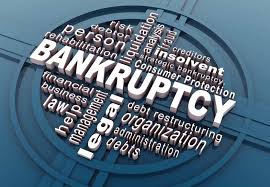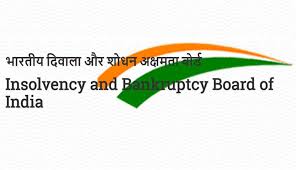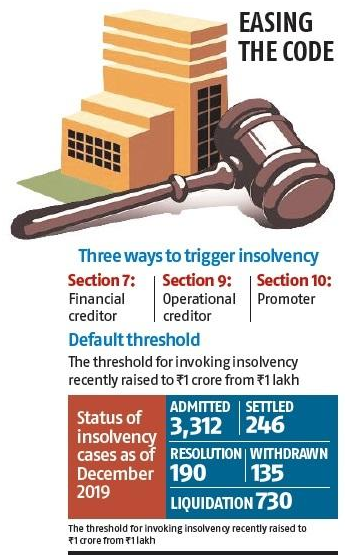 Insolvency and Bankruptcy Board of India (IBBI) has formulated a Special Resolution Process (SRP) for MSMEs who find their financial position unmanageable due to Covid crisis.
Insolvency and Bankruptcy Board of India (IBBI) has formulated a Special Resolution Process (SRP) for MSMEs who find their financial position unmanageable due to Covid crisis.
While presenting the ‘Atma Nirbhar Bharat’ package Finance Minister had announced to come out with a Special insolvency resolution framework for MSMEs under section 240A of the Insolvency and Bankruptcy Code.
According to sources close to the development, the scheme would be available to corporate MSMEs, that is, units incorporated as Companies or LLP.
The salient features of the scheme are proposed to be:
— If an MSME finds it unable to meet its financial obligations, the insolvency resolution process could be initiated on the occurrence of default of at least Rs.1 lakh
— It can be triggered by the MSME promoter/ owner only (not by the Financial or other creditors)
— During the process of resolution, the MSME owner remains in control and keeps running the unit but all legal proceedings to take control of assets by creditors are stopped.
— It provides first right of offer to promoters of the MSME to submit resolution plans
— It proposes a simplified claim verification process and preparation of information memorandum
— It expands the scope of interim finance to facilitate rescue financing of the CD during COVID-19 with the approval of 3/4th financial creditors in value.
Federation of Indian Micro and Small & Medium Enterprises (FISME) which facilitated a consultation round of MSME associations with IBBI shared that most participants found the scheme potentially useful.
According to Lucknow based V K Agarwal Managing Director of Shashi Cables Ltd and former FISME President, the scheme seemed to be modelled on insolvency provisions under US chapter-11, was very promising indeed but some way needed to be found to make financial creditors to come on board and cooperate.
The scheme envisages appointment of an Insolvency Professional (IP) as Resolution Professional to conduct the process, with the consent of the unrelated financial creditors having at least 25% of the outstanding financial claims.
The scheme is under final stages of approval and is expected to be announced soon.




